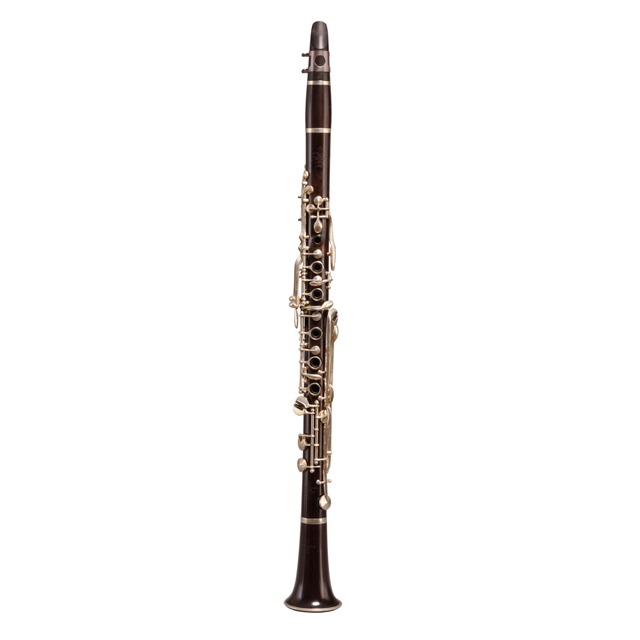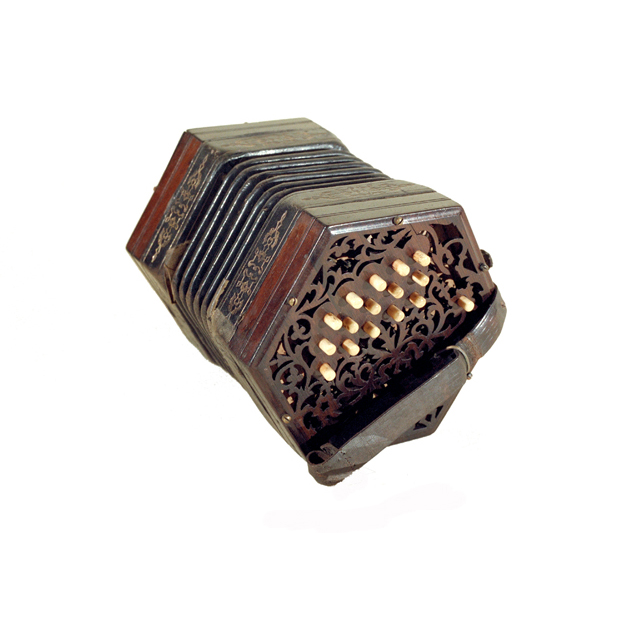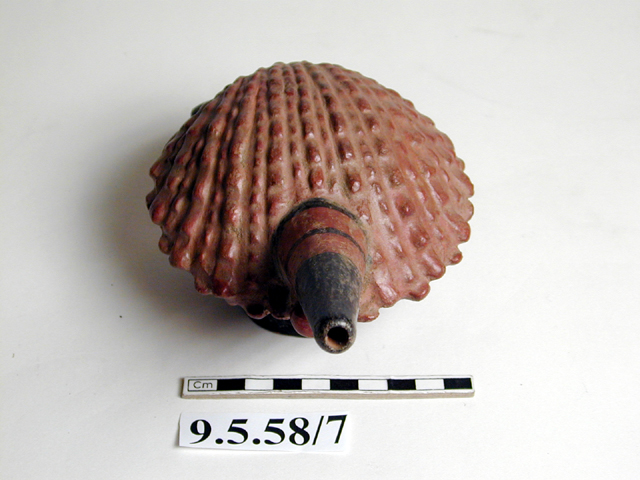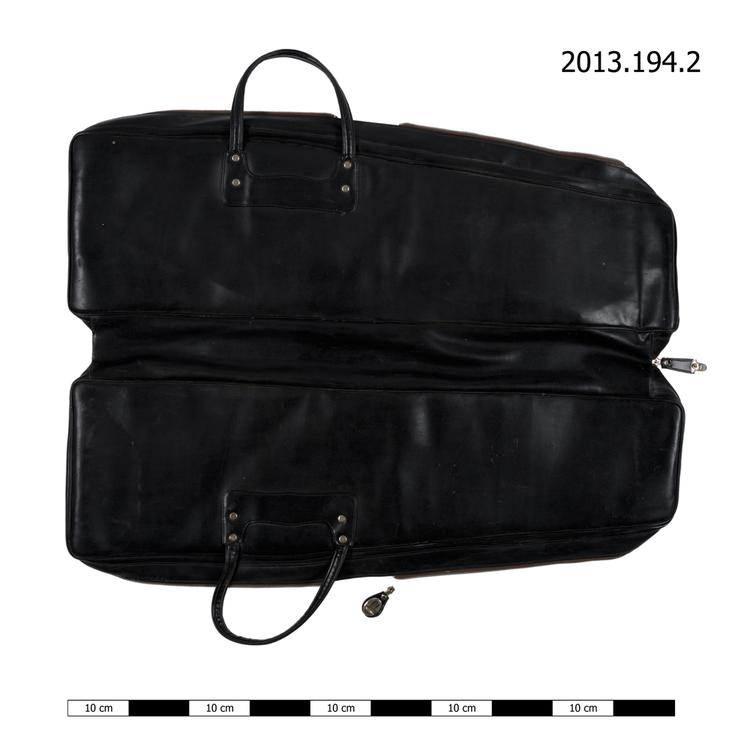
Albert system clarinet in B flat.
The Albert system helped to define the sound of the Dixieland clarinet. It was invented by Eugène Albert, a Belgian instrument maker, in the late nineteenth century, and was closely based on the earlier Müller system. It became popular in the 1920s, when Albert's grandson Jacques started producing Albert system clarinets on a large scale. At the time, the New Orleans Dixieland tradition was in its infancy. The Albert clarinet, which by then was being exported to the US, had a versatile light weight key system. It also had a number of finger covered (rather than key covered) holes, allowing the player to slide the pitch to create the swoops, bends and smears that are so distinctive of clarinet articulation in early jazz.






